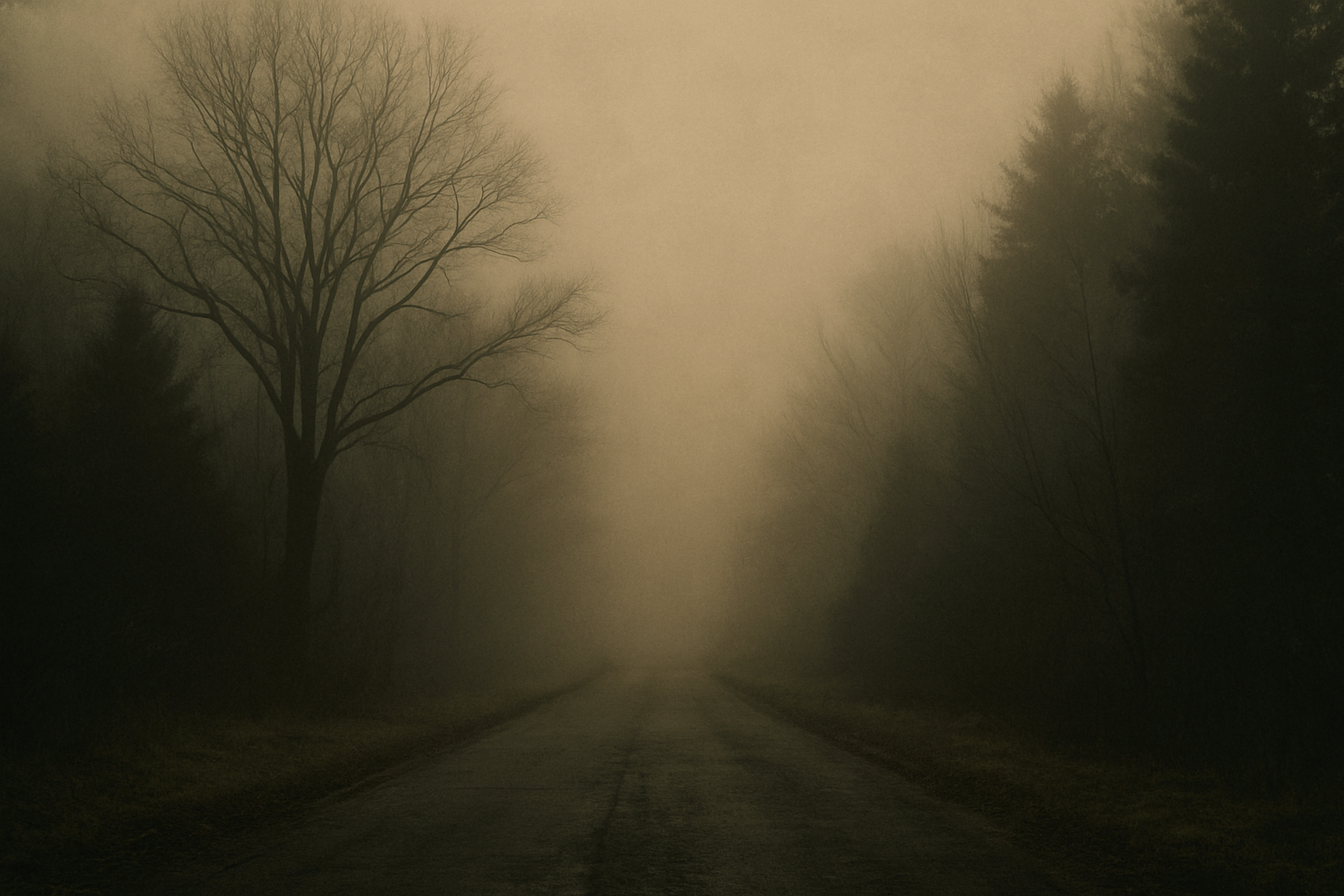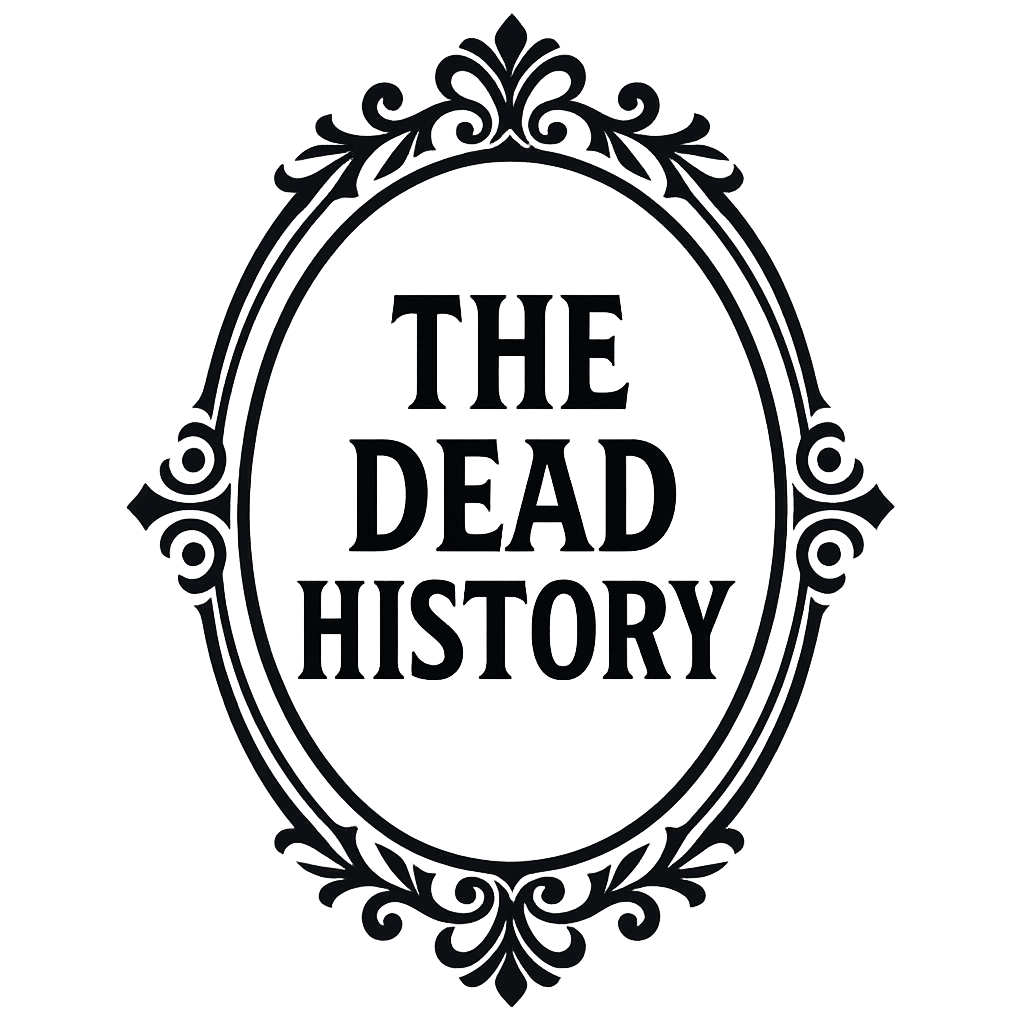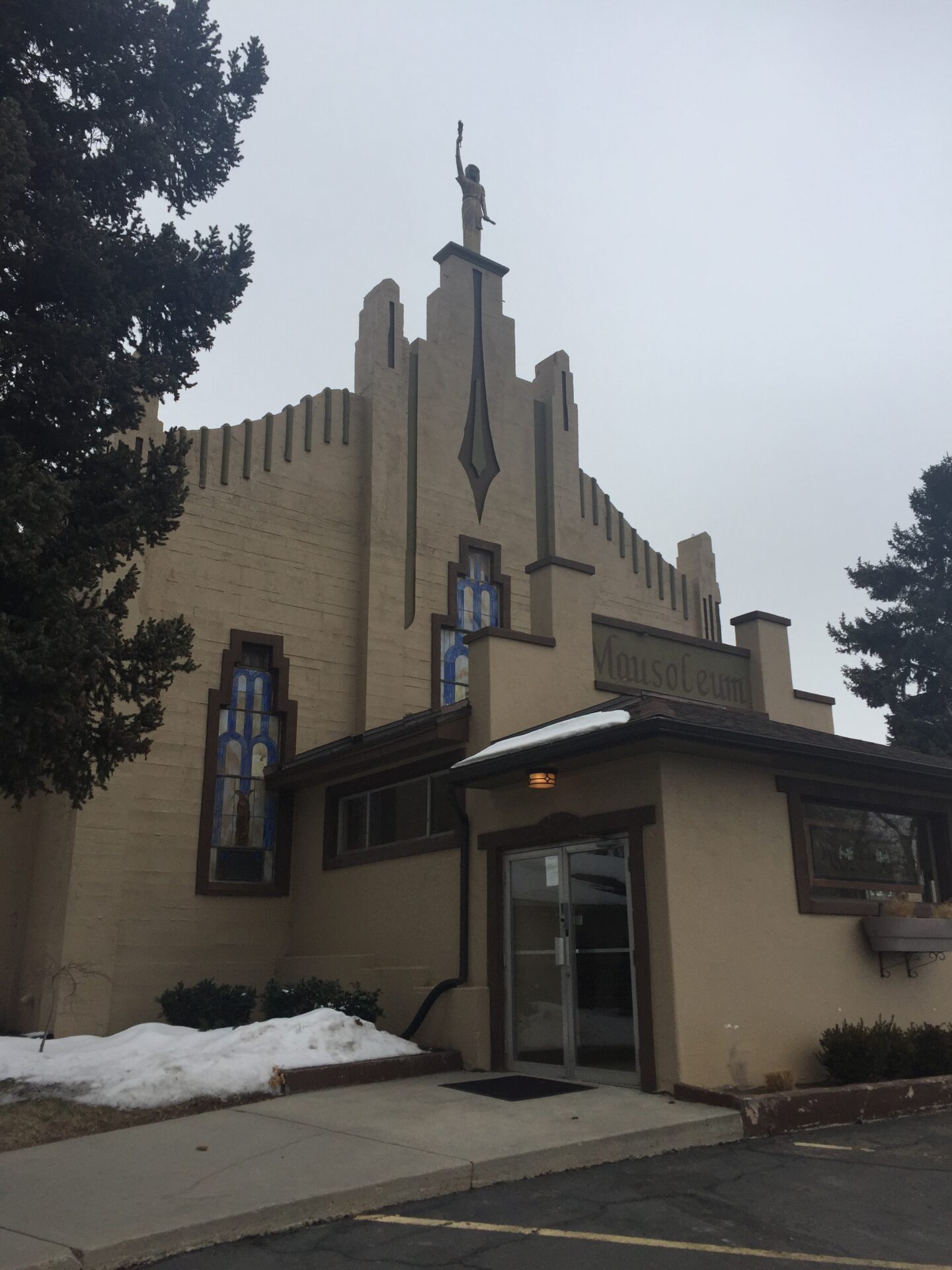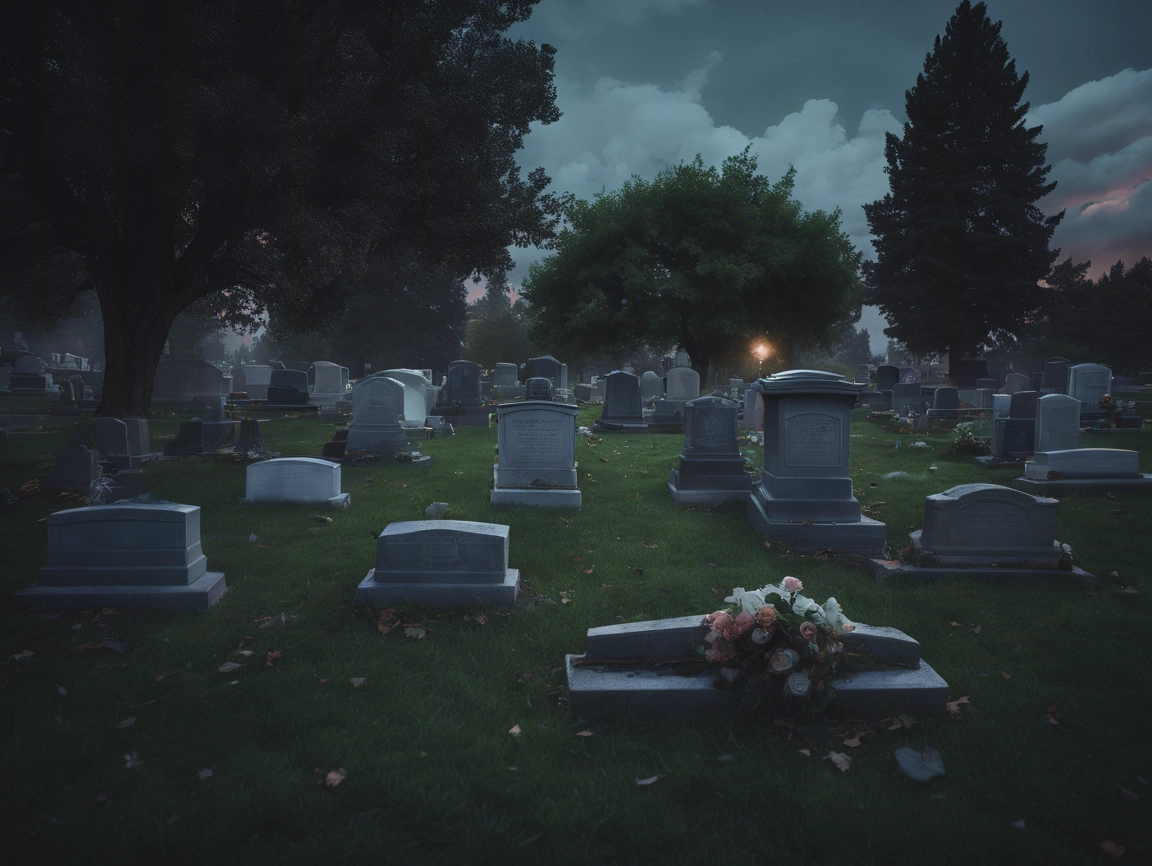There are cemeteries, and then there’s Cimetière du Père Lachaise — 110 acres of winding paths, towering mausoleums, and
A few years ago I visited Normandy and was able to pay a visit to the Cimetière Américain de
A Valentine’s Day Visit to the Mausoleum I drive past the Mount Ogden Mausoleum almost daily and have always
Tucked away in Spanish Fork Canyon, Mill Fork Cemetery is easy to miss — but once you spot it,
On the outskirts of a nearly forgotten town, where the desert stretches endlessly under an unforgiving sun, lies the
A Headstone That Caught My Eye Dirk Groen’s grave in Ogden Cemetery caught my eye one day as I
Discovering a Unique Monument Much to my children’s disappointment, I love wandering through cemeteries, camera in hand. They usually
A Lifelong Fascination with the Macabre My fascination with all things creepy started early. By the time I was
The Legend: If you visit Emo’s Grave, circle the Moritz Columbarium three times while chanting "Emo, Emo, Emo" and
According to local legend, if you flash the lights of your car onto Flo’s grave three times, her ghost











